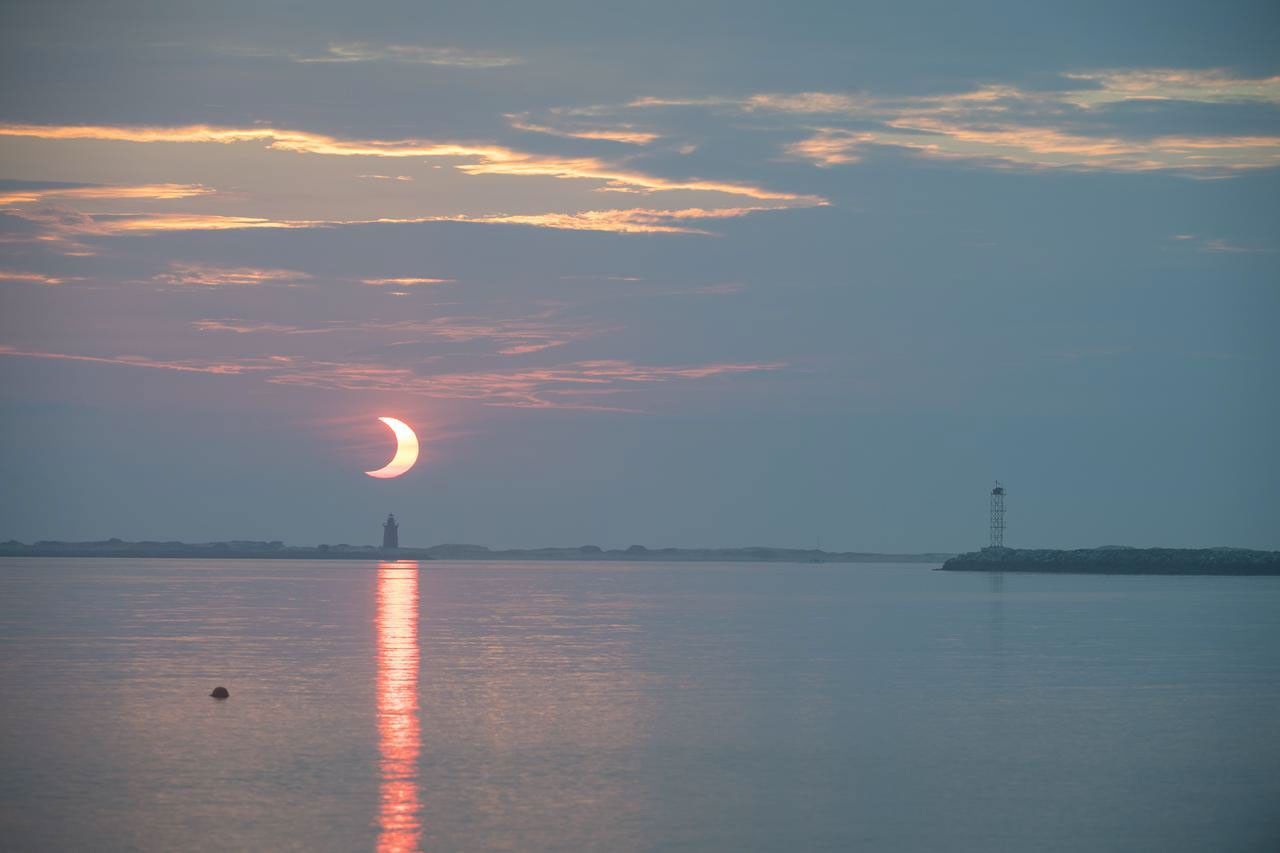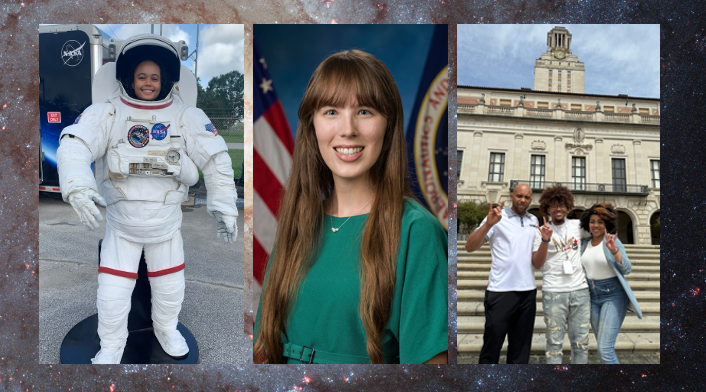More than 200 university students from across the United States witnessed the launching of their experiments aboard a NASA suborbital sounding rocket Thursday, June 20, 2019, from the Wallops Flight Facility in Virginia.
The launch, conducted at 5:30 a.m. EDT, is part of the RockOn! and RockSat-C programs designed for students to learn and apply skills in building experiments for suborbital space flight.
“Attending the RockOn! Workshop has not only given me hands-on experience with assembling a payload from start to finish, it has also helped me practice effective teamwork. Learning from peers, helpers, and staff while being at the Wallops Facility has been inspiring and incredible. I look forward to taking newfound knowledge and techniques and applying them to future endeavors,” said Katie Pighini, a junior astronomy and astrophysics major at Penn State University in State College, Pennsylvania.
Participants in RockOn! receive instruction on the basics required to develop a scientific payload for flight on a suborbital rocket. After learning the basics in RockOn!, students may then participate in RockSat-C, where during the school year they design and build a more complicated experiment.
Conducted with the Colorado and Virginia Space Grant Consortia, RockOn! is in its twelfth year and RockSat-C its eleventh year.
DeVonte Patterson, a senior computer science major at Langston University in Oklahoma, said, “The chance for me to be a part of ROCKON! is a memory for the books. Through this program, I was able to make positive and productive use of my talent and education. Over the course of one week, I was able to spend many hours listening and talking about NASA stem opportunities that align with my goals and plans. This was a rewarding highlight. Because of this experience, I’m more excited than ever to pursue a career at NASA.”
The 40-foot tall rocket carried 28 experiments (measuring acceleration, humidity, pressure, temperature and radiation counts) from the RockOn! Program, nine experiments in the RockSat-C program and more than 80 small cubes with experiments developed by middle school and high school students flew in the nose cone as part of the Cubes in Space program, a partnership between idoodlelearning inc. and the Colorado Space Grant Consortium.
Launched aboard a 2-stage Terrier-Improved Orion rocket, the experiments flew to an altitude of 73 miles and were recovered from the Atlantic Ocean. The students will receive their experiments late morning June 20 to begin their data analysis.
NASA’s Sounding Rocket Program is conducted at the agency’s Wallops Flight Facility, which is managed by NASA’s Goddard Space Flight Center in Greenbelt, Maryland. NASA’s Heliophysics Division manages the sounding rocket program for the agency.
Keith Koehler
Wallops Flight Facility, Wallops Island, Va.
Group photo tag:
RockOn students with the payload before heading to the launch pad. Credit: NASA/Berit Bland



































